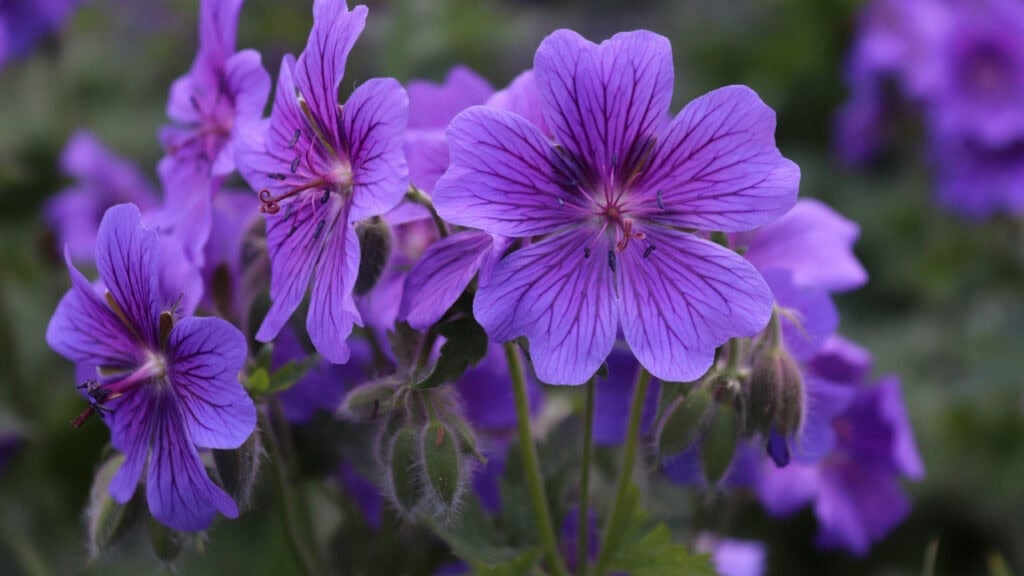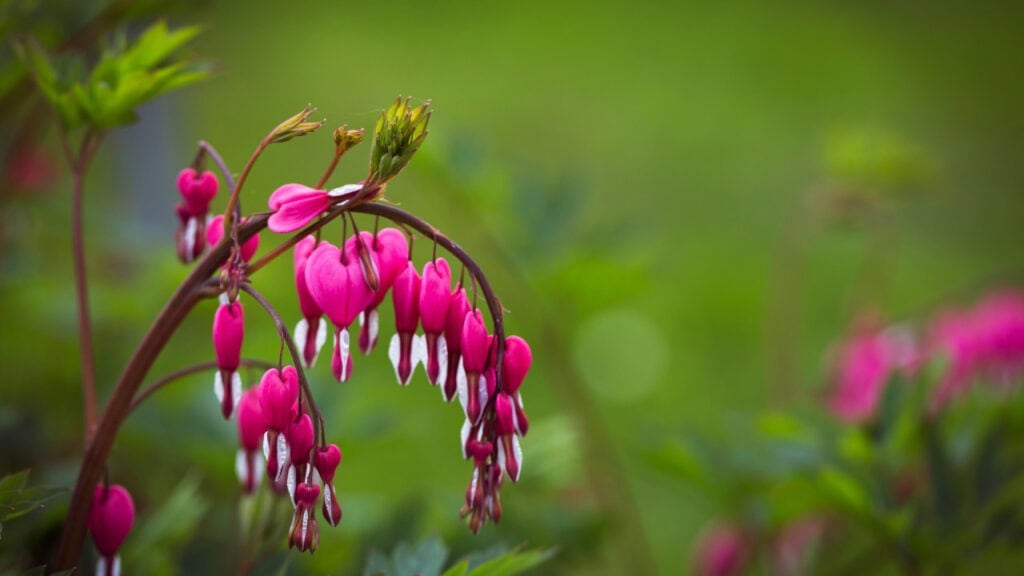While Tanzania might be best known for its incredible Great Wildebeest Migration, the country also plays host to a wide variety of interesting plant life. Various species have adapted to thrive in specific environments and play essential roles in the ecosystems and cultures of the country. Join us as we take a closer look at five of the most unique plants you’ll find on safari in Tanzania.
1. Baobab Tree
These trees have a striking and ancient appearance, with gigantic bottle-shaped trunks that can store thousands of litres of water. Baobabs have remarkable longevity, with some trees estimated to be over 6,000 years old.

Their unique branch structure resembles a root system, giving them the distinct appearance of being planted upside-down. Baobab trees in Tarangire National Park are famous for their massive size and provide sustenance for a variety of wildlife, especially elephants. Baobab fruit is high in vitamin C and is prized for its culinary and medicinal uses.
2. Kilimanjaro Impatiens
Endemic to the slopes of Mount Kilimanjaro, these trumpet-shaped alpine flowers thrive at an elevation between 3,500 and 4,000 metres. They’ve adapted to survive in this challenging high-altitude environment and can be found growing in rocky terrain and cold, misty conditions.

Their colours can range from stunning white to beautiful shades of pink and purple. Like many high-altitude species, this plant is vulnerable to climate change and subsequent habitat loss, and conservation organisations are working to raise awareness about this unique species.
3. Usambara Violet
These small and delicate plants have distinctive violet-blue or purple, five-petalled flowers with a yellow centre. Known for their attractive appearance and ease of cultivation, they’re popular ornamental houseplants and are sold in nurseries and garden centres around the world.

Native to the East Usambara Mountains, there are numerous cultivated varieties collectively referred to as African violets. Certain species of Usambara violets are naturally rare and may be threatened due to habitat loss and environmental pressures.
4. Fever Tree
Commonly found in Tanzania’s wetlands and along riverbanks, the fever tree is famous for its striking, bright yellow and greenish bark that seems to glow in bright sunlight. The bark’s colour and reflective properties are an adaptation to deter pests and protect the tree from extreme heat.

Fever trees influence their habitat by providing shade and having a positive impact on soil conditions, which benefits plant and animal communities. Some indigenous peoples use parts for traditional medicinal purposes. Threatened by habitat loss, fever tree conservation is key to maintaining biodiversity.
5. Bleeding Heart
This rare and unusual plant gets its name from its intricate, heart-shaped seed pods filled with red sap. It’s found in the Eastern Arc Mountains, a biodiversity hotspot in Tanzania. These fascinating plants are used in traditional medicine in some local communities.

The bleeding heart is a small to medium-sized tree growing up to 15 metres tall. It’s typically found in montane and lowland tropical forests. Deforestation and climate change are threats to the bleeding heart, and its conservation is critical to ensuring the survival of the species.
These plants are only a small portion of the vibrant plant life you’ll find while on a Tanzania safari. Remarkable for their physical characteristics as much as their ecological significance, they all contribute to the biodiversity of the environments they inhabit. Find out everything Tanzania has to offer on a luxury tailor-made safari. Speak to a Discover Africa expert today and start planning your epic Tanzania adventure.
Author: Brendan White
Published:
Last Update:
Part of the Tanzania Safari Collection